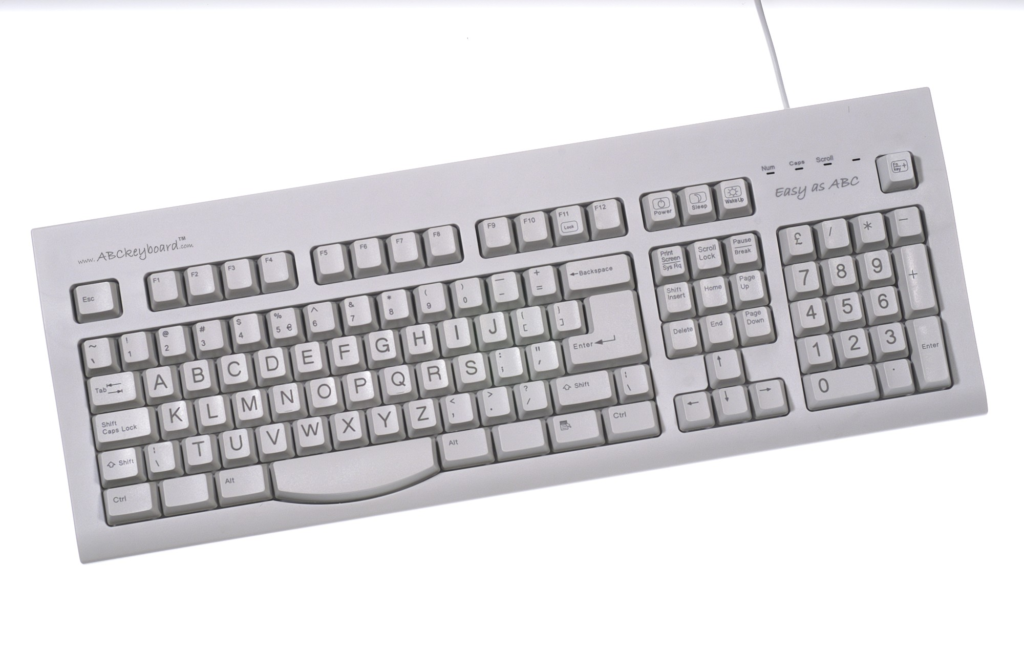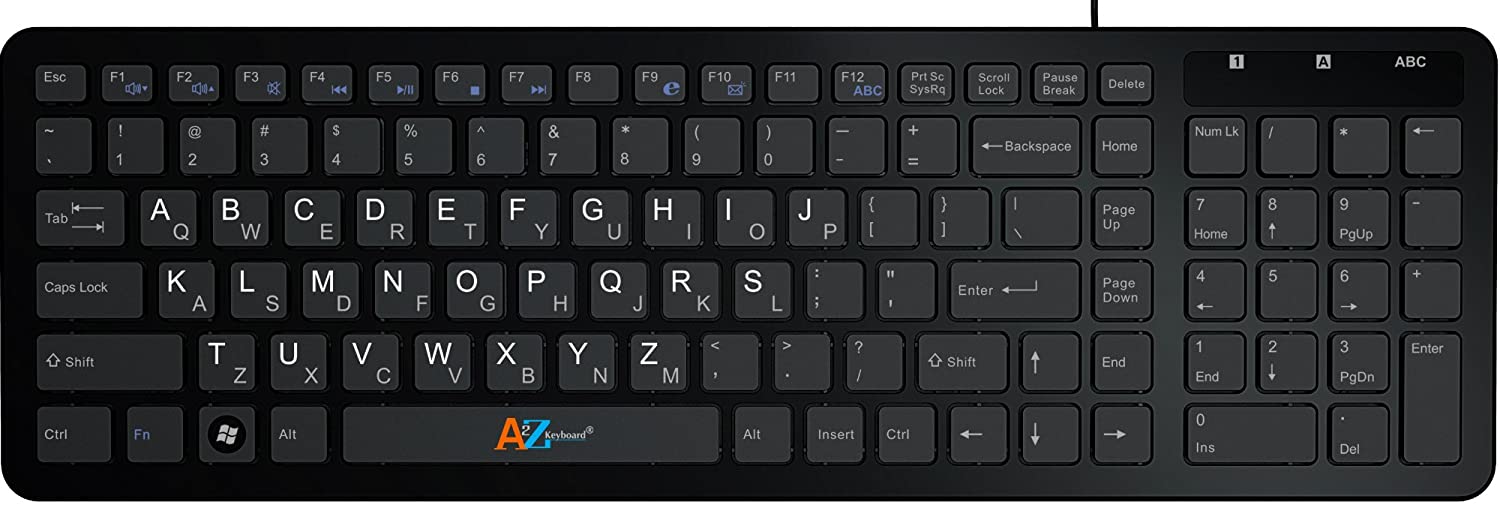The journey that has brought you to this article began with a simple act – entering a web address into your search bar. As your fingers danced across the keyboard, you might have noticed something intriguing: the arrangement of letters isn’t the familiar ABCDE…XYZ sequence we’ve grown accustomed to. Instead, it follows its own path, perhaps starting with QWERTY or AZERTY. Yet, have you ever pondered that this wasn’t always the case?
Once upon a time, the keyboards of typewriters adhered to the ABCDE order, only to undergo a transformative shift. In today’s article, we embark on a quest to unveil the reasons behind this alteration and the forces responsible for shaping the keyboard layout we know today.
Times of ABCDE…
As history reveals, in an era predating the advent of typewriters, the written word was crafted solely by hand, employing quills or pens as instruments of expression. This paradigm persisted until a transformative moment in 1714 when the inaugural typewriter made its entrance, forever altering the landscape of written communication. This pioneering device secured its patent on the 7th of January, courtesy of Queen Anne of England. The credit for this innovation belonged to Henry Mill, though regrettably, no remnants of its descriptive specifications have stood the test of time. [For a deeper delve into the chronicles of these machines, click here.]

Subsequently, various minds embarked on the quest to refine these contraptions, employing a keyboard layout organized in alphabetical order. However, an inherent flaw emerged. Notably, the initial typewriter, patented in 1868, showcased a design featuring piano-like keys arranged alphabetically. Yet, this innovation encountered a vexing issue – the frequent occurrence of key jams. A major stumbling block arose from the proximity of commonly used letters, which proved to be an unintended hindrance in the pursuit of seamless typing.
Times of new layouts
Later, Christopher Sholes sought solutions for mounting mechanical issues, leading him to devise a novel approach to typewriter key arrangement. The widely accepted theory suggests that he intentionally created the “QWERTY” layout, strategically spacing keys to engage weaker fingers for frequently used characters. This deliberate design aimed to moderate typing speed, aligning it with the capabilities of the typewriter mechanisms. Subsequently, Sholes partnered with Remington, successfully incorporating this innovative layout into the renowned Remington No. 2 typewriter model.

Diverse viewpoints among researchers have led to alternate theories regarding the motivation behind the layout alteration. Koichi and Motoko Yasouka, for instance, dismiss the notion of deliberately slowing down operators as implausible. In their paper titled “On the Prehistory of QWERTY,” they present an alternative perspective. They propose that the original keyboard layout of the Type-Writer found its roots in the Hughes-Phelps Printing Telegraph, initially designed for Morse receivers. Throughout its developmental journey, the keyboard arrangement underwent multiple transformations, eventually evolving into the QWERTY layout, an unintended outcome that emerged amidst the various design requirements.

In the contemporary landscape, the QWERTY layout predominates across the keyboards we commonly utilize. However, alternative formats like the AZERTY layout, tailored to accommodate the distinctive needs of the French language with its accents and special characters, have also made their mark, enhancing both speed and precision for French typists. The emergence of the Dvorak keyboard layout, designed with the aim of supplanting QWERTY, has yet to fully realize that ambition. Nevertheless, modern Windows computers empower users with the flexibility to seamlessly switch between various keyboard layouts, underlining the adaptability and customization potential of our digital interactions.
Thank you for reading, if you liked this post, it is possible that you will love other posts from us, join our community on WhatsApp if you want to learn more about what we do, visit our corporate website or use our email [email protected] to reach out to us.



